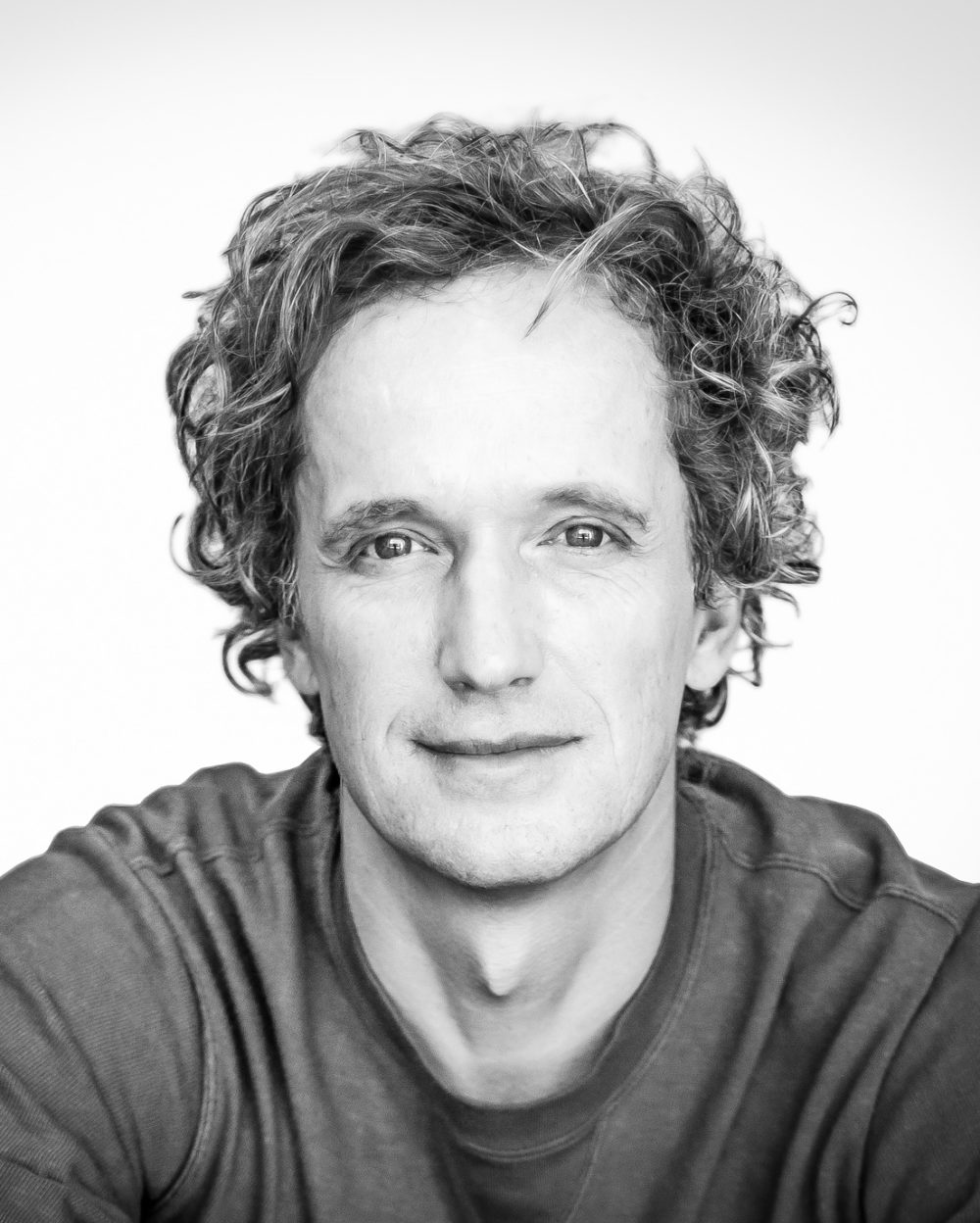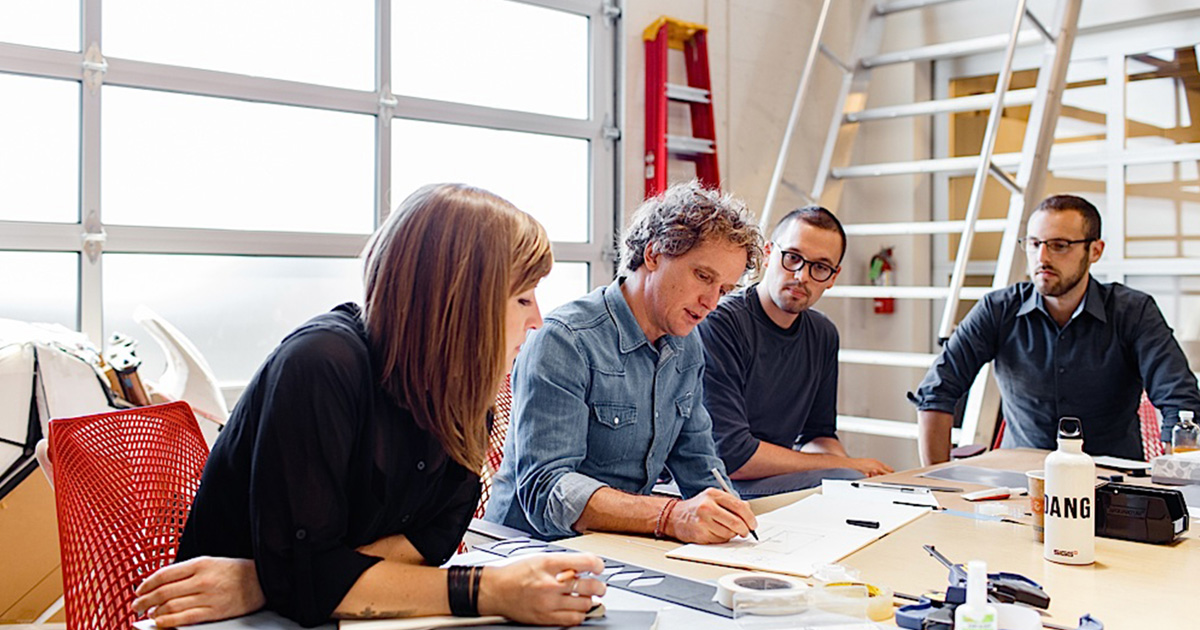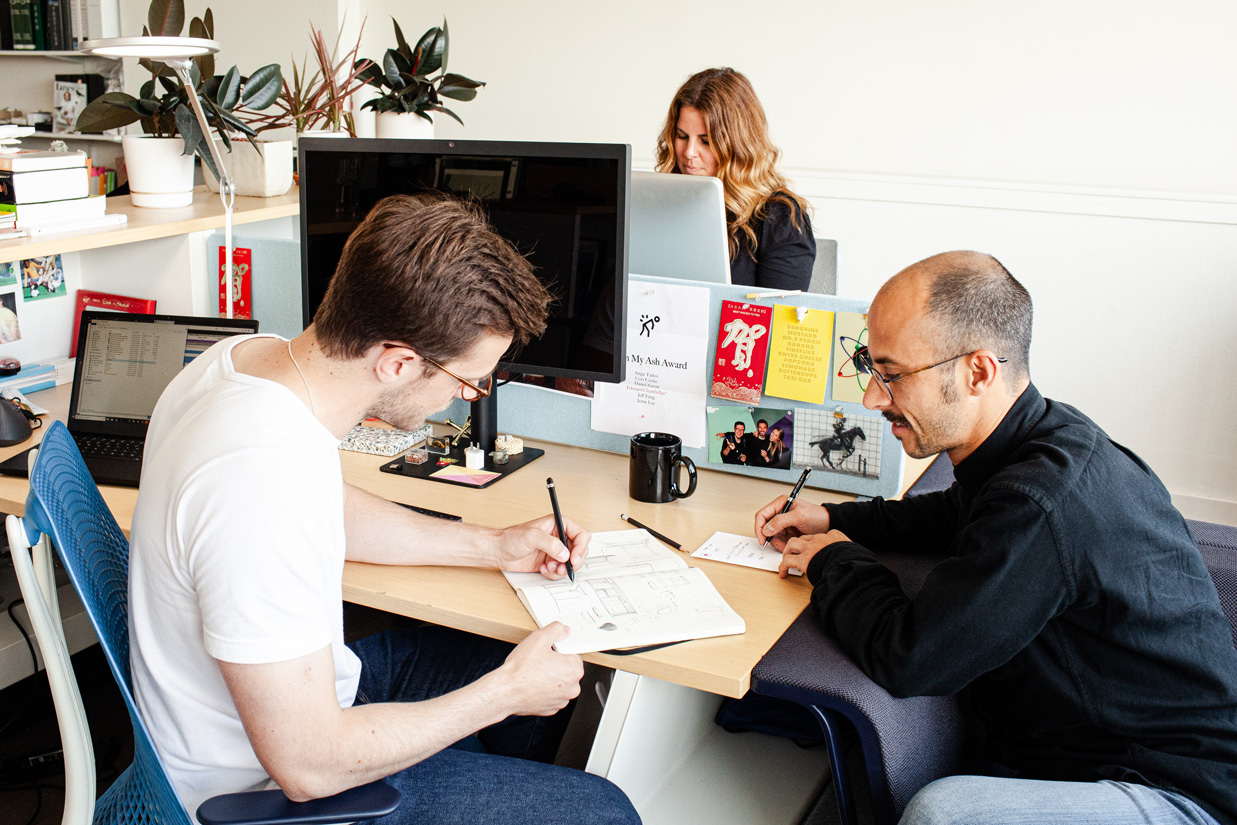Search for articles, topics or more
browse by topics

Search for articles, topics or more

Yves Béhar is not only a designer. Above all, he does not design objects but solutions.
Born in Lausanne in 1967, he studied in Switzerland and Pasadena, California, before becoming a design leader for Frog Design and Lunar Design in Silicon Valley and developing product identities for Apple, Hewlett-Packard and Silicon Graphics. He has his studio in San Francisco, where he founded fuseproject in 1999, for which he is also the acting chief executive.
Fuseproject was originally a sustainable ideas lab, then moving into designing strategies and innovations for international companies and institutions, integrating products, brands and experiential design. "Design brings stories to life" is the company’s motto on its website homepage. But that's not all.
 Yves Béhar
Yves Béhar
Béhar is an entrepreneur convinced that design can really change the world. Hence his humanitarian projects, such as the non-profit company One Laptop per Child, designing low-cost laptops for children and innovating the education system of entire nations, or See Better to Learn Better, which has distributed six million free eyeglasses to children in Mexico over the past ten years. Béhar is at the forefront of venture design and frequently partners with start-ups, and there are also many significant partnerships with established companies such as Herman Miller, Samsung, Puma, Issey Miyake, Prada, SodaStream, Nivea and the Ocean Cleanup. With an integrated, multidisciplinary approach, fuseproject blends diverse elements into a generative experience of change, as Yves Béhar tells us in this interview.
Why did you create fuseproject?
I started fuseproject in 1999. At that time, I felt that many people were talking about design discipline integration and the need for cohesiveness, in the same way people experience brands and products. So, I noticed how different design fields needed to come together – industrial design, branding, packaging, interaction design, user interface and so on. I started to see how, in the future, these modalities were going to merge, and how right then no one was practising it in such a way. I became obsessed with practising a form of design that was multidisciplinary, which literally fused all of these different disciplines, and – thanks to that insight – fuseproject was born. From there, our motto became “to fuse different creative disciplines at the service of a big idea”.
 Bee'ah Sharjah – PH Delfino Sisto Legnani e Alessandro Saletta DSL Studio
Bee'ah Sharjah – PH Delfino Sisto Legnani e Alessandro Saletta DSL Studio
 Bee'ah Sharjah – PH Delfino Sisto Legnani e Alessandro Saletta DSL Studio
Bee'ah Sharjah – PH Delfino Sisto Legnani e Alessandro Saletta DSL Studio
Which new products and technologies are you most proud of?
I believe that good design accelerates the adoption of new ideas, and – in the 21st century – we need new ideas regarding how we support people's needs, how we integrate sustainability into products and industries, and how we use design to make healthier communities. We have been very lucky to create firsts in the way that technology and design reach people and create new ways to live. For example, the Jambox line was the first widely available Bluetooth speaker. The Samsung Frame TV showed for the first time how a TV can support personal taste in art and go beyond being a black void on the wall. The August Smart Lock and door access company we founded reached millions of homes and changed how we and our families enter a house. The SodaStream product brings sustainable sparkling water to every home. My favourites are the more classic design projects, like Herman Miller’s Sayl chair, which not only created a more affordable price point for buyers, but also a lower carbon footprint and the best ergonomics. We are also committed to design efforts that empower people of any age to live more healthily, such as the Snoo robotic bassinet for new parents, the ElliQ companion for healthier ageing, the Cionic Neural Sleeve that helps people relearn how to walk, and the Ver Bien eyeglasses – another of my favourites – which are provided free to Mexican school children, and which over six million kids have received since the launch.


Can you explain what a generative design process is
For me, generative design is about going deep into one big idea rather than generating many different ideas but only looking at them superficially. Once a big idea has been selected, the multidisciplinary team explores resolutions of all the components of the experience: the user experience, the ergonomics, the brand and the storytelling, and the digital and physical interactions. While we may settle on a single idea, we do not compromise on one execution. Instead, we make numerous prototypes and explore a wide variety of solution-based possibilities. For example, for the Herman Miller Sayl chair, between the fuseproject and Herman Miller teams, we built about 70 prototypes, each of them exploring the vital idea of how to create a frameless backing made of a singular material that would deliver ultimate comfort, whilst also creating a minuscule carbon footprint at an affordable price.
Which methodologies could be applied to a more traditional industry such as the Italian furniture and design industry? Can you imagine any connection?
I am very enthusiastic about Italian savoir-faire in furniture design, so much so that I am excited to soon reveal some new projects I have been working on with Italian partners. Italian furniture and design houses have a strong sense of what people want and will benefit from the possibilities offered by new human behaviours and technologies. By simultaneously looking at materials, technology, sustainability and the human experience, we will provide relevant and beautiful answers to how we live and work in our homes and beyond. The connection that all of these elements share needs to be brought to life also in traditional design fields like furniture. For example, we worked with a robotic furniture company that emerged from MIT called Ori, to design new ways to transform very small apartments into more liveable spaces. We focused on every aspect of how individuals engage with their home – their need for sleep, socialising, work and organising their belongings with a minimal footprint.


In your opinion, what is the role of a designer and entrepreneur today?
Fundamentally, our ethos is “design accelerates the adoption of new ideas”. For me, our role as designers is to distil and address the idiosyncrasies of modern life with new ideas. After all, the role of today’s designers – just like today’s entrepreneurs – is to first and foremost consider how they treat their clients. Thus, if you treat your client well from an emotional and health standpoint, from a sustainability-minded perspective, then you’re probably also approaching design – and business – from a positive viewpoint. What I look for is the unloved areas of life and how we, as designers and entrepreneurs, can consider basic human needs for simplicity versus complexity, connection versus differences, and community versus individuality. In a new entrepreneurial venture, if I can create the right experience by using design tactics to remove contradictions, that undertaking will have a positive impact on its intended audience. This first step is one of the most important on the long journey to success.
Sustainability is the main contemporary topic. How can you match the sustainable approach with aesthetics and the human touch?
To me, if it’s not ethical, it cannot be beautiful. Sustainability does not remove the opportunity for beauty. On the contrary, new materials and processes can bring about differentiation, a new aesthetic, and even a sense of surprise, of wonder. For example, our collection of 3D-printed wood waste for Forust or ocean plastic sunglasses with the Ocean Cleanup have shown how sustainable ideas are at the very core of a new and exciting type of beauty. That’s why the products and services we develop set the benchmark for positive environmental impacts in industries ranging from health to mobility, robotics to interior design, and beyond. Fundamentally, when end users realise that their aesthetically pleasing product was also designed with sustainability in mind, they appreciate it all the more and become more connected to the vision of the company that produced it.
It's always difficult to talk about the future, but what are you expecting for the years to come in terms of innovation?
We will continue to see a proliferation of AI-enabled products that support health and wellness, and respond to people’s individual needs a lot better; to me, that is the benevolent benefit of AI. Additionally, as we consider climate change, designing with environmental sustainability in mind will be of paramount importance, regardless of the industry. There will be a sea change in what we design, and how we design it. Designers and entrepreneurs can begin this movement now. I hope that our community captures this critical and tremendous opportunity.
The photographer Jeff Burton is known for the cinematic quality of his work: bathers by a hotel pool become a study in saturated colour; tanned bodies are seen at one remove, distorted by mirrored surfaces; a woman’s glance is glimpsed through a car’s rearview mirror.
Lunar New Year is the most important day in China’s lunisolar calendar.
The holidays are a time to eat, drink and make merry – the most convivial time of the year.
Thanks for your registration.